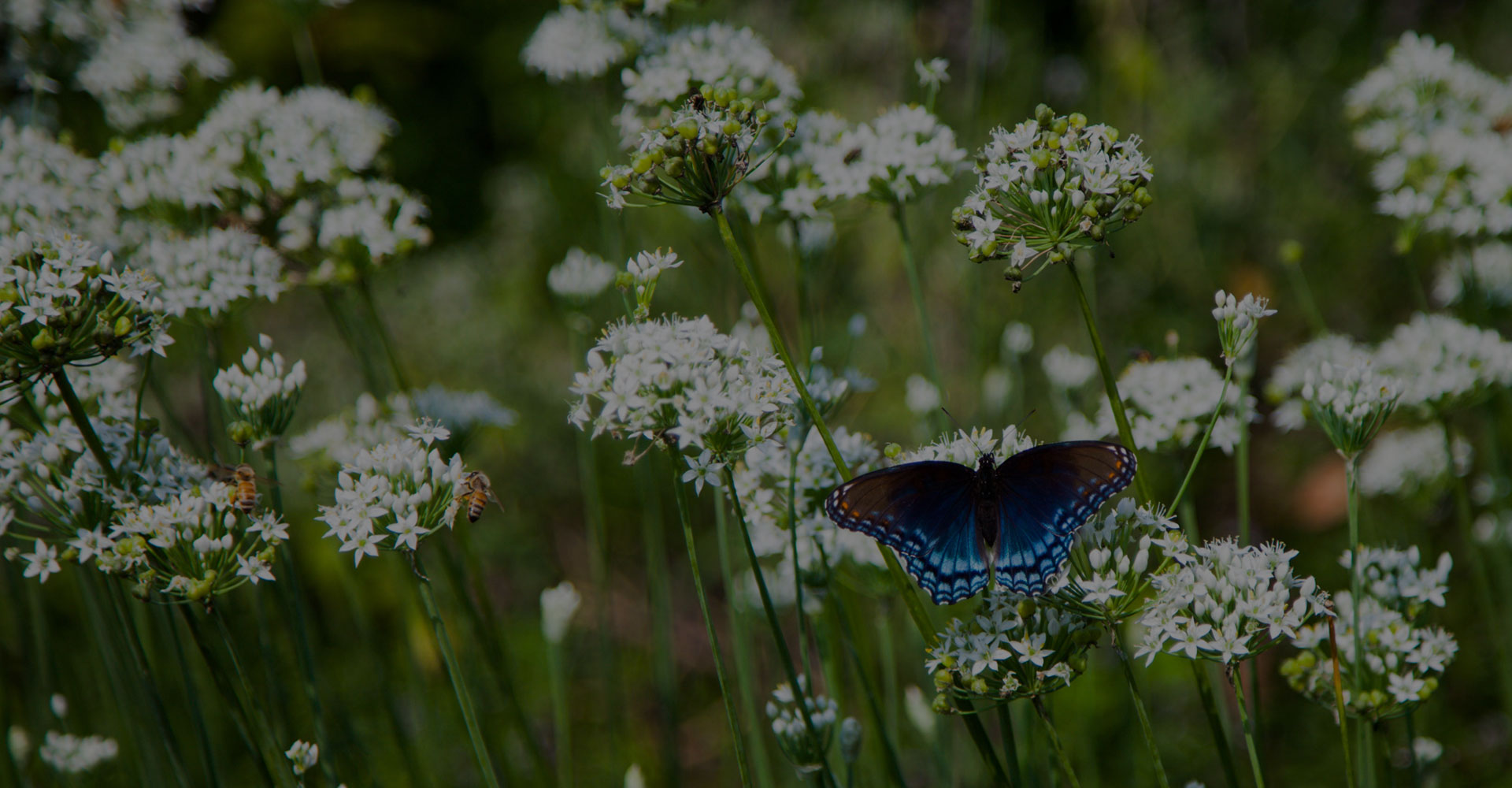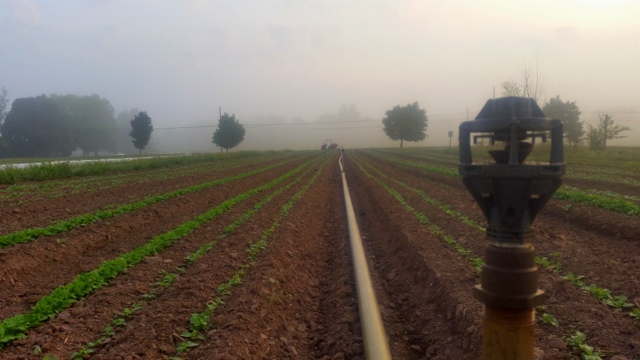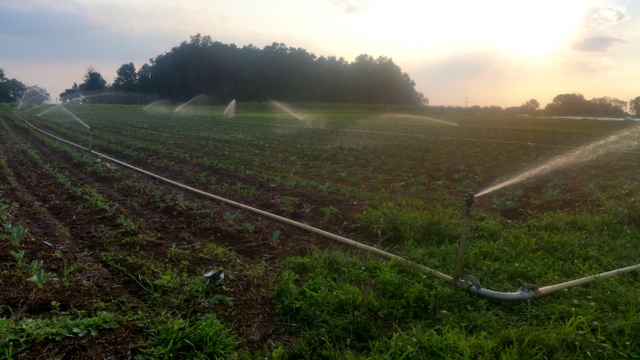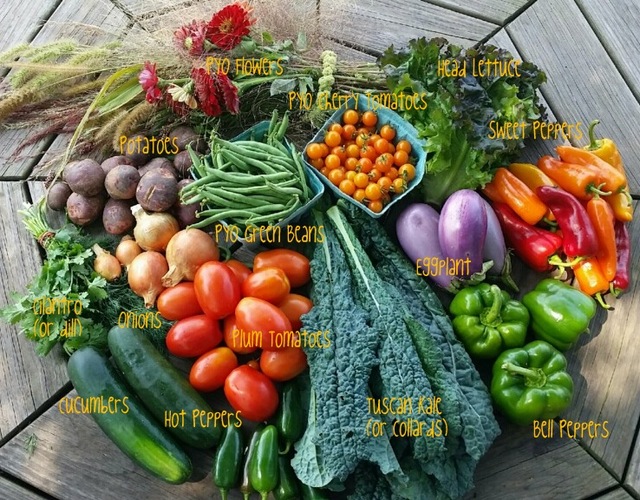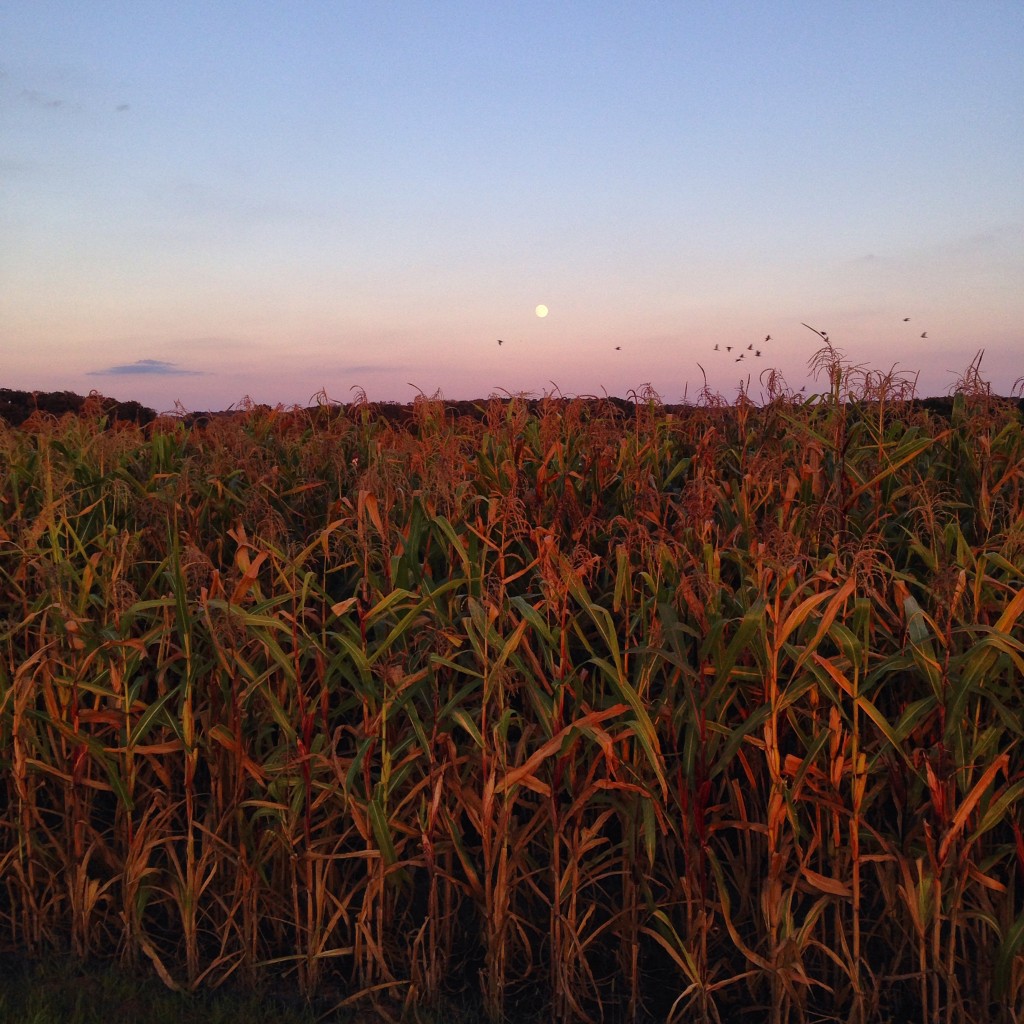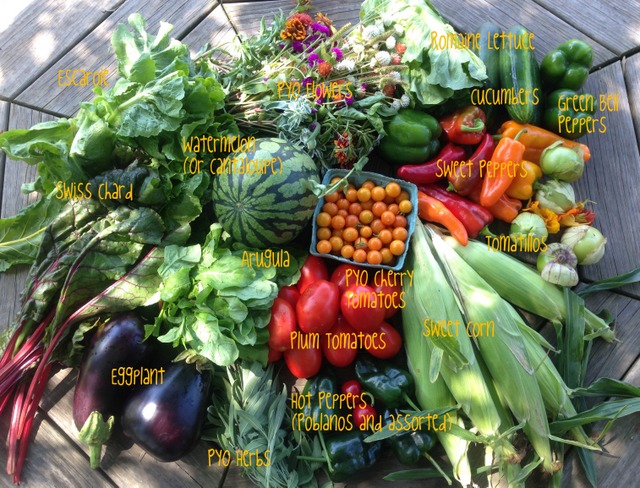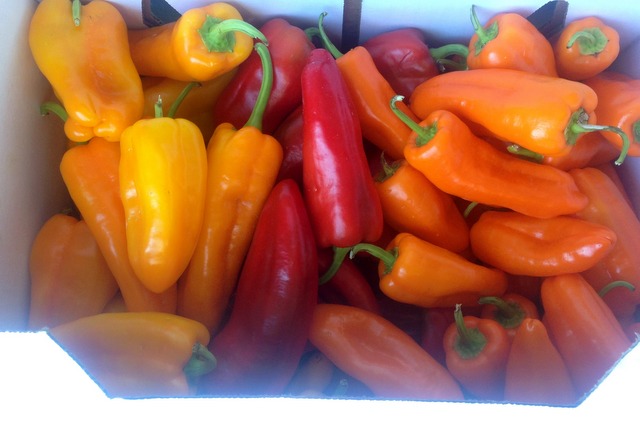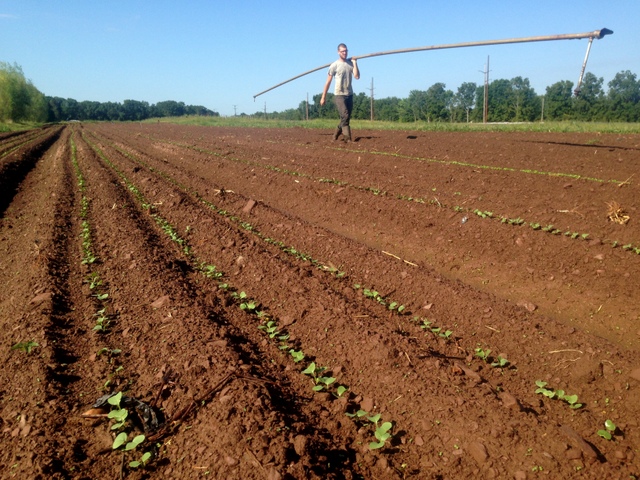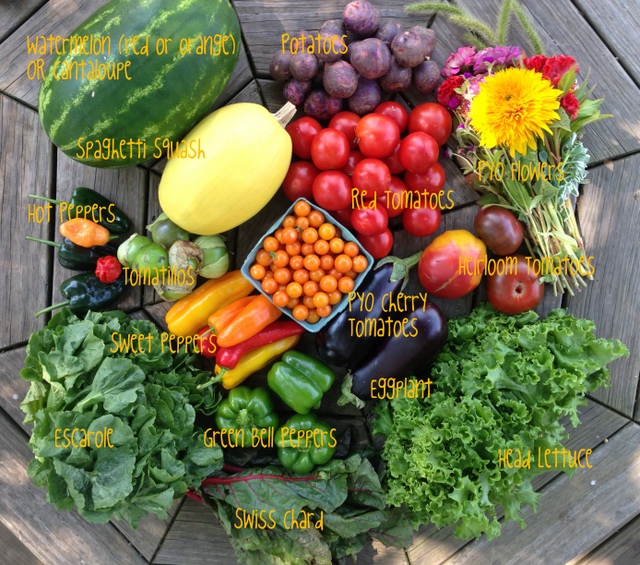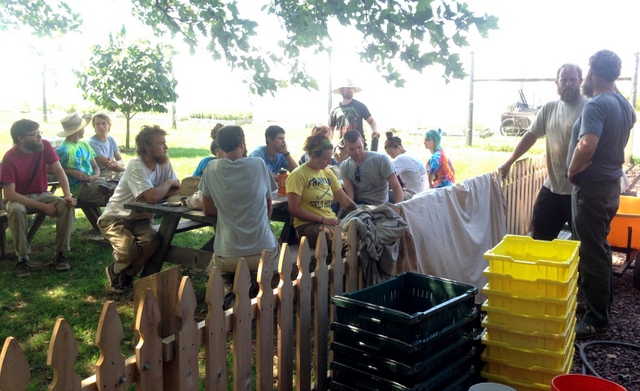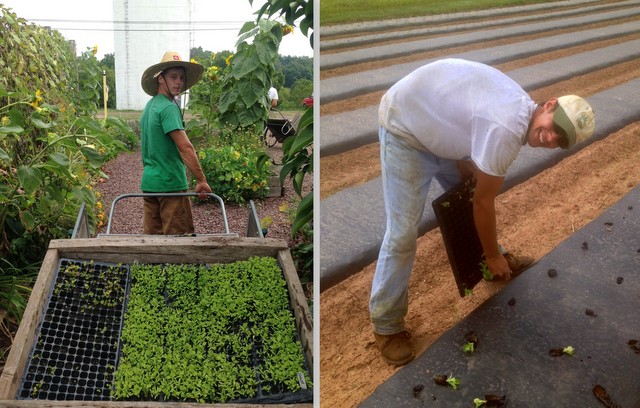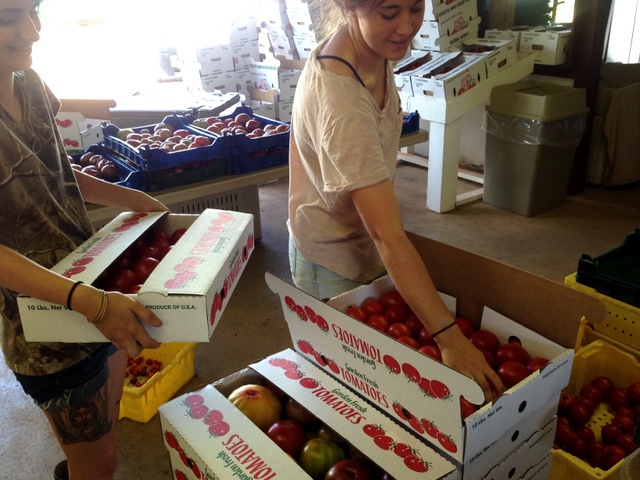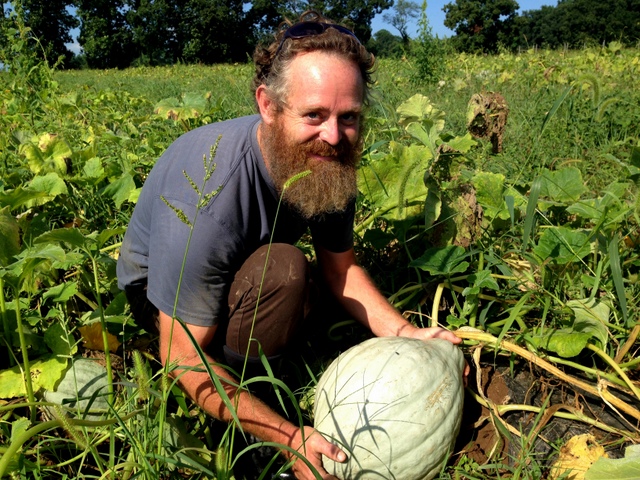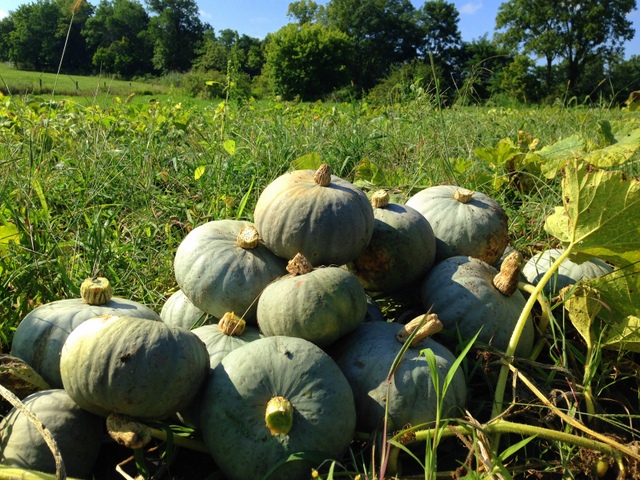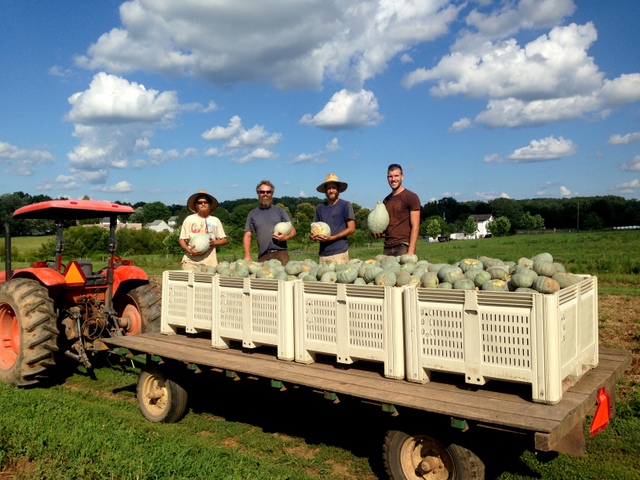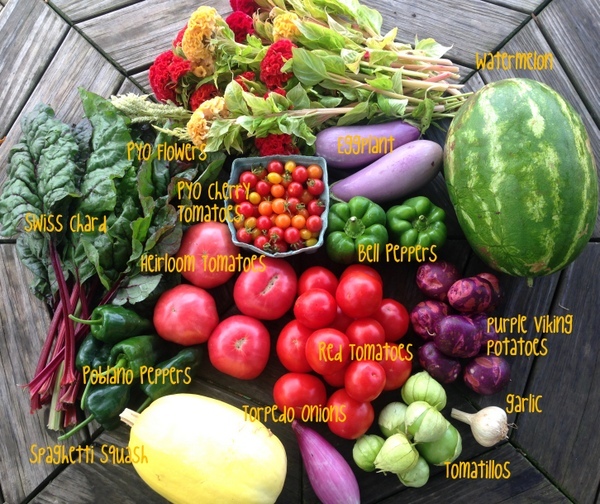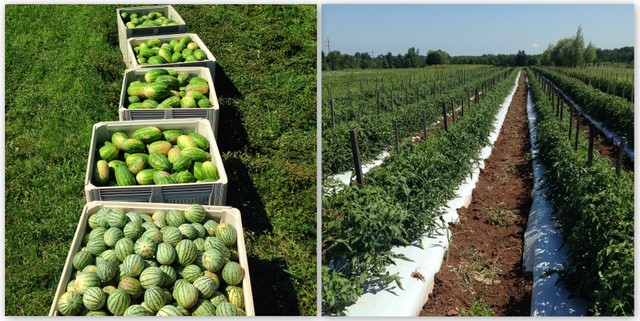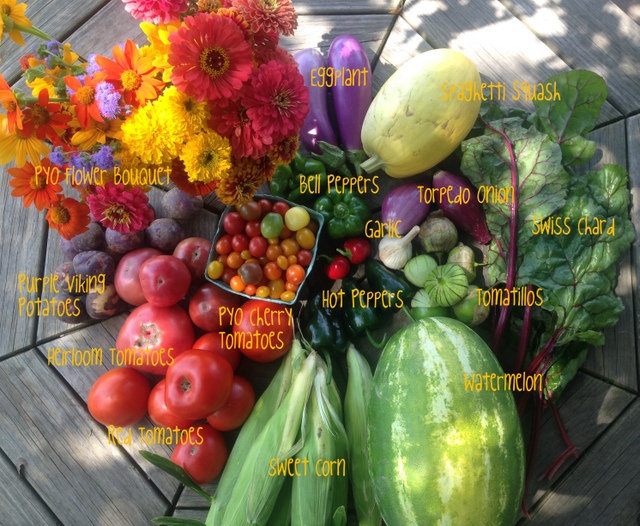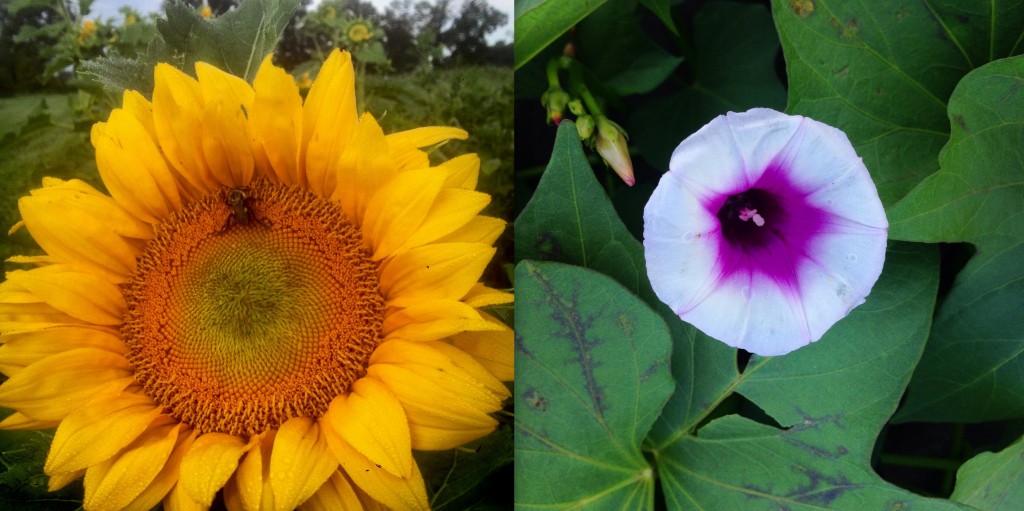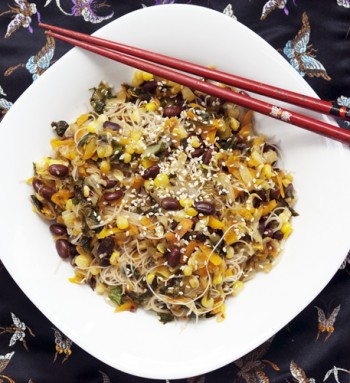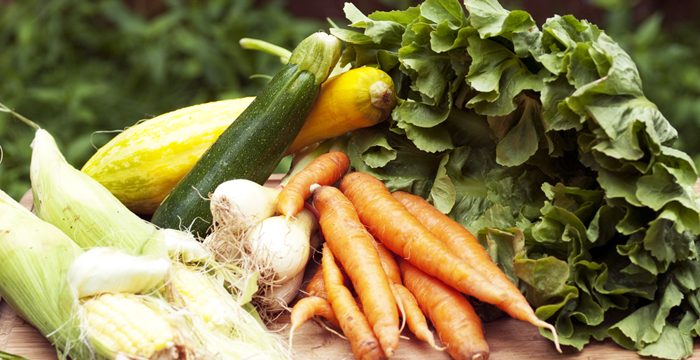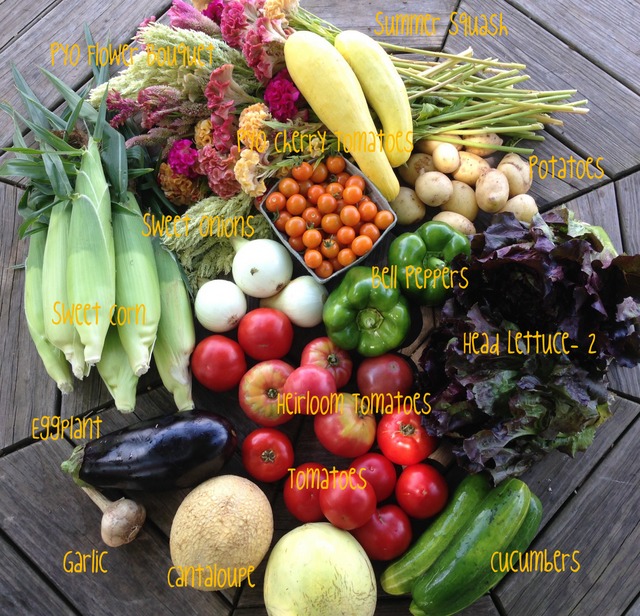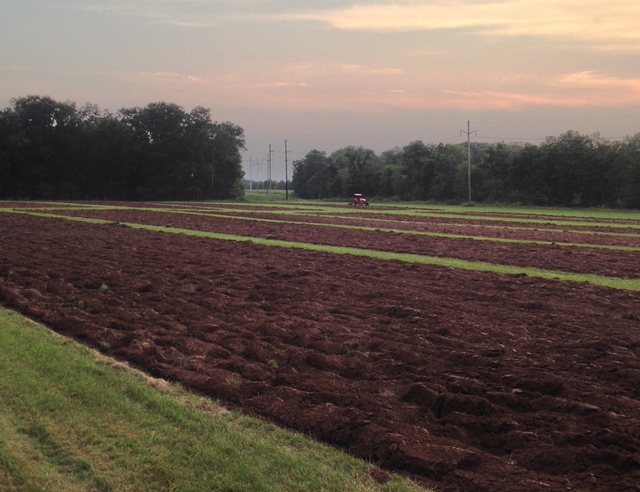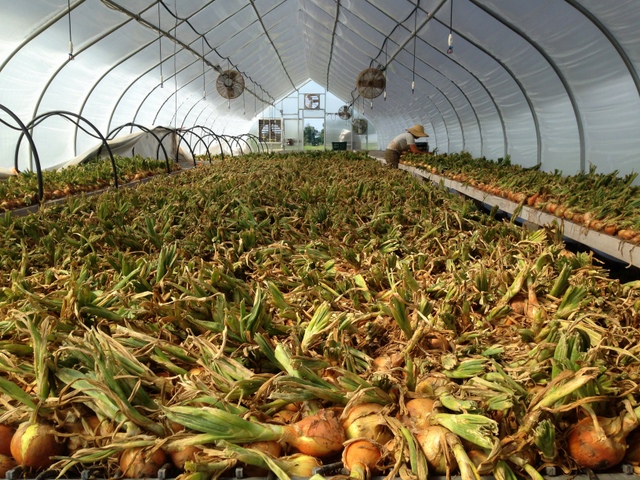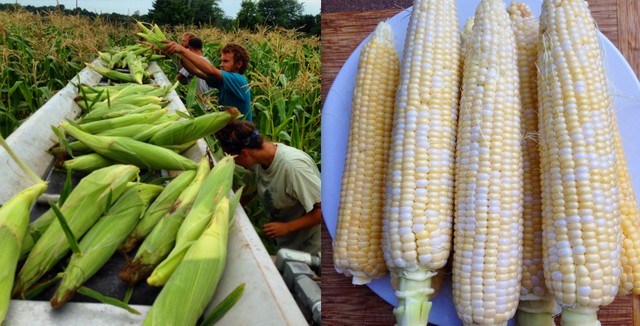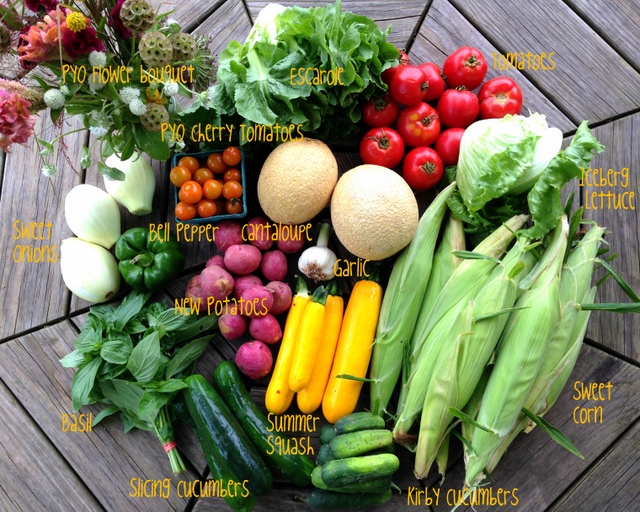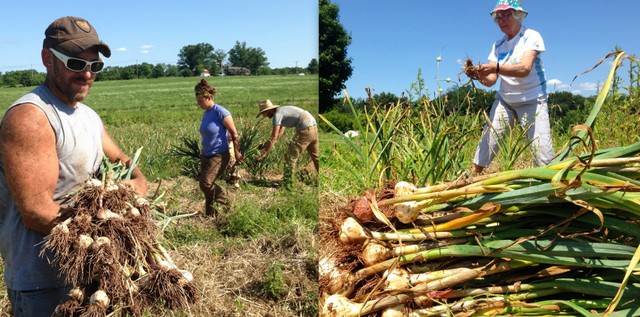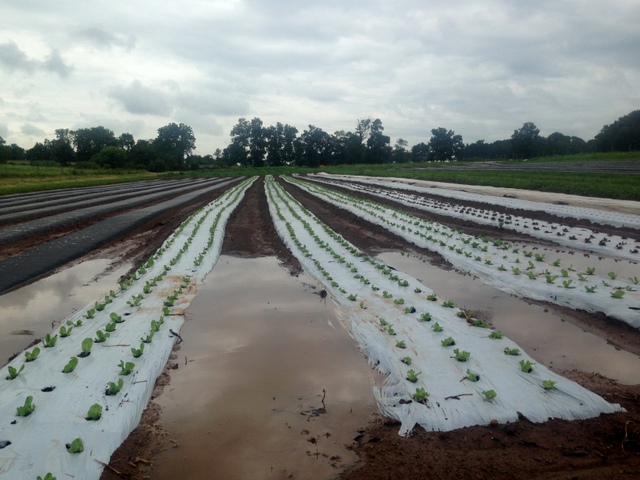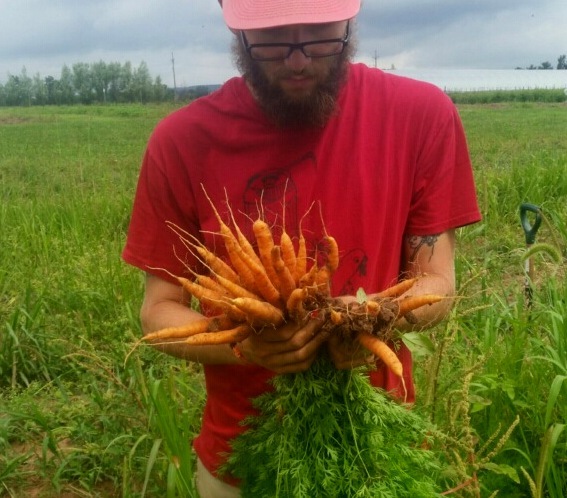Posted at 09:27h
in
Recipes
by bloomingglenfarm
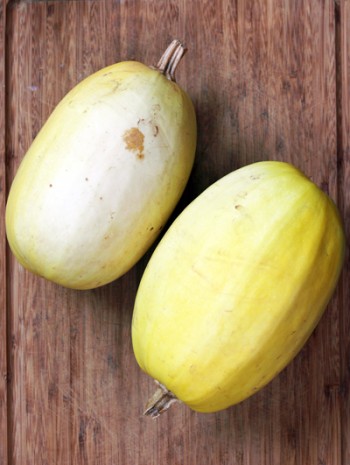 Well, maybe not 100 ways… but spaghetti squash is so incredibly easy to prepare and so versatile, I bet we could think of 100 ways pretty quickly! Spaghetti squash can be served as a simple side dish or as a flavorful full meal, and although I won’t list exactly 100 ways to eat it here, the preparation possibilities are truly endless.
Well, maybe not 100 ways… but spaghetti squash is so incredibly easy to prepare and so versatile, I bet we could think of 100 ways pretty quickly! Spaghetti squash can be served as a simple side dish or as a flavorful full meal, and although I won’t list exactly 100 ways to eat it here, the preparation possibilities are truly endless.
Nutritionally speaking, spaghetti squash is most notable for its high fiber and vitamin C content. The heart- and belly-healthy fiber found in this squash not only promotes cardiovascular health, but also helps maintain blood sugar levels and keeps us feeling full longer. Vitamin C is a powerful antioxidant that plays a role in everything from boosting our immune systems to protecting our skin.
Use the basic roasted squash recipe below as a starting point, then try out the side or main dishes listed, or experiment by using your own favorite flavors.
Spaghetti Squash 100 Ways
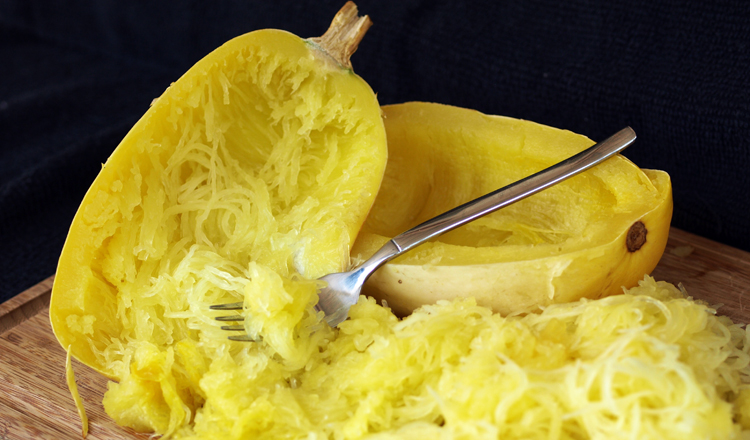 Basic roasted spaghetti squash: Preheat over to 400-degrees. Cut squash in half, lengthwise. Scoop out the seeds with a spoon, being careful not to dig into the flesh of the squash. Place squash halves on a baking sheet or in a baking dish, cut side down. Put a little water on the pan, enough to just cover the cut ends of the squash. Bake for 30-45 minutes (smaller squash will cook more quickly), until squash is tender and a fork can easily pierce through the skin/peel and flesh. Remove the squash flesh by scraping a fork lengthwise across the inside of each half. Toss squash with a little oil or butter, salt and pepper.
Basic roasted spaghetti squash: Preheat over to 400-degrees. Cut squash in half, lengthwise. Scoop out the seeds with a spoon, being careful not to dig into the flesh of the squash. Place squash halves on a baking sheet or in a baking dish, cut side down. Put a little water on the pan, enough to just cover the cut ends of the squash. Bake for 30-45 minutes (smaller squash will cook more quickly), until squash is tender and a fork can easily pierce through the skin/peel and flesh. Remove the squash flesh by scraping a fork lengthwise across the inside of each half. Toss squash with a little oil or butter, salt and pepper.
You can also microwave spaghetti squash: Pierce squash all over with a fork or paring knife. Place in microwave and cook for 10-15 minutes, until squash is tender and a fork can easily pierce through the skin/peel and flesh.
As a simple side, toss above-cooked squash noodles with:
- Lemon zest and chopped fresh herbs
- Chopped tomatoes and garlic
- Tomato sauce and nutritional yeast or Parmesan cheese
- Capers, lemon, and parsley
- Butter and scallions
As a main dish:
Taco-style
Grapeseed oil
1/3 cup onions, chopped
2 cloves garlic, minced
2 tablespoons chili powder
1 cup black beans
1 cup tomatoes, chopped
1 cup peppers, chopped
1/2 cup tomatillos, chopped
Toppings: shredded lettuce, sour cream, salsa, crushed tortilla chips, shredded cheddar cheese
Method: Heat a large pot with oil, sauté onion, garlic, chili powder and beans until everything is tender and heated through. Add tomatoes, peppers, and tomatillos and cook ~5-7 minutes minutes, until peppers are just tender. Add squash and combine well. Serve immediately with toppings.
Buffalo and Blue Cheese
Grapeseed oil
1/3 cup green onions, chopped
2 cloves garlic, minced
1 cup chickpeas, or mock chicken, shredded or chopped
1 cup carrots, shredded
1 cup cabbage, shredded
1/2-1 cup wing sauce
Toppings: green onion, chopped celery, blue cheese crumbles
Method: Heat a large pot with oil, sauté onion, garlic, and chicken until everything is tender and heated through. Add carrots and cabbage and cook ~3-4 minutes, until crisp tender. Add squash and combine well. Toss with hot sauce, adjusting amount to desired spiciness. Serve immediately with toppings.
Pad Thai
Grapeseed oil
1/3 cup green onions, chopped
1 cup cubed tofu (baked tofu works great)
1 cup bean sprouts
1 cup carrots, shredded
Whisk together sauce ingredients:
3 tablespoons tamari sauce
3 tablespoons rice vinegar
3 tablespoons orange juice
3 tablespoons lime juice
2 tablespoons light brown sugar
3 clove garlic, minced
1/2 teaspoon red pepper flakes
Toppings: chopped green onions, chopped peanuts, sesame seeds, sriracha sauce
Method: Heat a large pot with oil, sauté onion and tofu cooked/heated through; cooking time depends on whether you’re using raw or baked tofu. Add sprouts, carrots, and half the sauce and cook ~3-4 minutes, until crisp tender. Add squash and remaining sauce and combine well. Cook for a few minutes over low-medium heat, allowing flavors to meld together. Serve immediately with toppings.
 Post and photos by Mikaela D. Martin: Blooming Glen CSA member since 2005, board-certified health counselor, and co-founder of Guidance for Growing, an integrative wellness practice in Souderton. Read more about healthy eating and living on her site, http://guidanceforgrowing.com!
Post and photos by Mikaela D. Martin: Blooming Glen CSA member since 2005, board-certified health counselor, and co-founder of Guidance for Growing, an integrative wellness practice in Souderton. Read more about healthy eating and living on her site, http://guidanceforgrowing.com!




